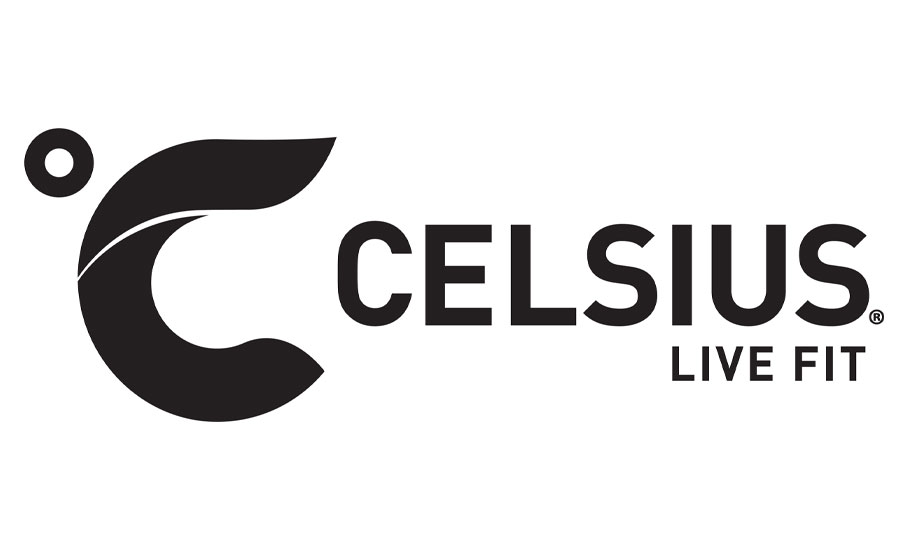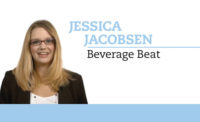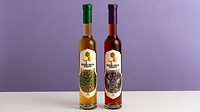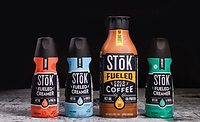Beverage Beat
NIL offers new opportunities for athletes, beverage brands
Authentic partnerships vital for successful campaigns

Image courtesy of Getty Images
In full disclosure, I am an irrational college basketball fan. Having been at Marquette University when the men’s basketball team last went to the Final Four in 2003, I consume a lot of college basketball during March Madness. But on a spring trip when Marquette already had been knocked out, I sat in the airport killing time between my layover.
Here I stumbled upon a list of the Top 10 college student athletes based on name, image and likeness (NIL) value. The list also included some of the brand partnerships these athletes have forged during their college years, which range across a host of consumer packaged goods (CPG) and services.
A budding marketing opportunity for brand owners, NIL is gaining traction, but as beverage companies look to engage in this realm, it is important to understand the dynamics.
In June 2021, the NCAA implemented the NIL policy, which allows college student athletes to make money from their personal brand. However, the policy includes a range of complex guidelines. For instance, NIL laws vary by state.
Noah Henderson, a clinical instructor in sport management at Loyola University Chicago’s Quinlan School of Business, is well-versed in the topic, and before teaching, he served on a team that amended Illinois NIL legislation as well as managed NIL collectives at prominent athletic institutions.
“NIL laws can vary significantly from state to state,” Henderson explains. “Currently, 34 states have active NIL legislation. In those states that do not, there are no laws tied to student-athletes that go beyond what governs endorsement contracts.
“Not all states prohibit NIL activity with morally scrupulous industries, some states only allow NIL engagements during the players NCAA eligibility, not allowing for a long term-contract that extends beyond the athlete’s collegiate career, and institutional IP restrictions that can disallow the use of institutional marks in NIL endorsements,” Henderson continues.
With an understanding of the laws, athletes and CPG companies can embark on a mutually beneficial partnership. For athletes, Henderson emphasizes the importance of ensuring brand deals align with personal beliefs and morals to create an authentic relationship. It also is vital to retain an agent and become well-versed on contractual language.
“It is very important for athletes to know what they are agreeing to, dense contractual language regarding intellectual property assets, exclusivity, and duration not only impact the nature of the deal, but the compensation an athlete would be able to command,” Henderson says. “Understanding concepts like in-kind compensation and the tax implications that go along with such deals is another example of why it is often best for athletes to turn to professionals during this process.”
For CPG brands that see the benefits of NIL, Henderson puts it akin to the influencer marketing of today.
“NIL has increased the ability for CPG to leverage the individual likenesses of athletes to promote their product,” he explains. “Most industries have begun investing heavily in influencer-based marketing campaigns, now in the era of NIL, collegiate athletes have become capable of cashing in on their on-field fame with lucrative sponsorship deals as influencers as well as athletes. With a fan base already built in, many of these athletes have not only a large following, but a devout group of supporters.”
Kyle Watson, chief marketing officer at Celsius Holdings Inc., explains that with NIL, companies can foster authentic relationships with athletes to reach consumers on the channels they engage with often.
“NIL has created a new way for CPG brands to work with student-athletes by offering new opportunities for authentic collaboration and engagement with consumers through athlete partnerships,” she explains. “These partnerships enable brands to tap into highly engaged audiences and leverage the reach of athletes to promote their products and brand effectively.
“Social media also plays a major role in NIL partnerships,” Watson continues. “Working with athletes on robust social media campaigns allows us to reach our target demographic where they spend a lot of their time. Similarly, content produced organically on partner athlete’s channels, [which] features our brand, helps us to further connect with the athlete’s following. Fostering a sense of community through user-generated content helps to strengthen the emotional connection between our brand and our consumers.”
Watson adds that NIL allows CELSIUS to align closely with Gen Z, which is the brand’s target demographic, and will serve as a part of its marketing strategy going forward.
“Over the past year, we’ve expanded our partnerships within the college space, notably through a partnership with LEARFIELD,” she explains. “This partnership has enabled us to bring on five additional schools and sports programs while expanding our existing partnerships. By partnering with talented athletes associated with our college properties, we aim to maximize the impact and value of our investments. This resulted in us partnering with eight of the top college football and basketball players in the country.”
Although CELSIUS’ focus has been collegiate football, Watson notes that the company recognizes “the value of tapping into men's and women's college basketball,” and in time plans to expand representation into niche sports.
 CELSIUS also is looking to continue these partnerships beyond collegiate careers.
CELSIUS also is looking to continue these partnerships beyond collegiate careers.
“Beyond supporting athletes during their competitive seasons, we aim to collaborate with them beyond their sporting careers,” Watson says. “Our partnerships with these athletes provide us with the opportunity to support them as they gear up for their upcoming endeavors.”
As CELSIUS approaches future opportunities in NIL partnerships, Watson re-emphasizes the importance of aligning with young athletes that authentically engage with the brand in their daily lives.
“We prioritize authenticity in our approach to partnerships and look to collaborate with partners who incorporate CELSIUS into their daily routine and lifestyle,” Watson says. “We look for partners who genuinely believe in the benefits of our products and the LIVE FIT lifestyle that exists at the core of our brand. It’s important that our partners can authentically promote CELSIUS to their audiences and genuinely seek out our product in their day-to-day lives.
“We value partners who work hard and value personal growth and improvement, both in their sport and outside of it,” she continues. “We aim to partner with athletes who not only excel in their respective sports but also show promise for future success. We are continuously looking for up and coming talent that align with our brand and LIVE FIT in everything they do.”
However, for beverage alcohol brands, restrictions prohibit partnerships with athletes. Through the creation of NIL collectives, brands can engage in this market.
“Many states have legislation that restricts athletes from engaging in deals with companies that are involved in ‘morally scrupulous’ industries,” Henderson says. “This often includes alcohol, tobacco, firearms, adult entertainment and paraphernalia, and gambling.
“Some companies in the alcohol industry have gotten around these restrictions by partnering with NIL collectives (the fundraising arm of schools NIL pay-for-play salaries for revenue athletes) rather than individual student athletes,” he continues. “This is often a win/win as many of these products have some portion of sales going to the Collective which incentives fans to purchase as it ultimately helps athlete retention and recruiting efforts of the universities most valued teams.”
Henderson notes that all the major athletic institutions have created collective systems and are investing resources into them, but opportunity remains for the smaller institutions to engage with brands through NIL collectives.
“It is the smaller schools that have not uniformly adopted the collective system,” he says. “It is likely that some of these smaller schools will slowly continue establishing collectives, however, it seems that for all the big players they have already made the jump.”
Looking for a reprint of this article?
From high-res PDFs to custom plaques, order your copy today!








